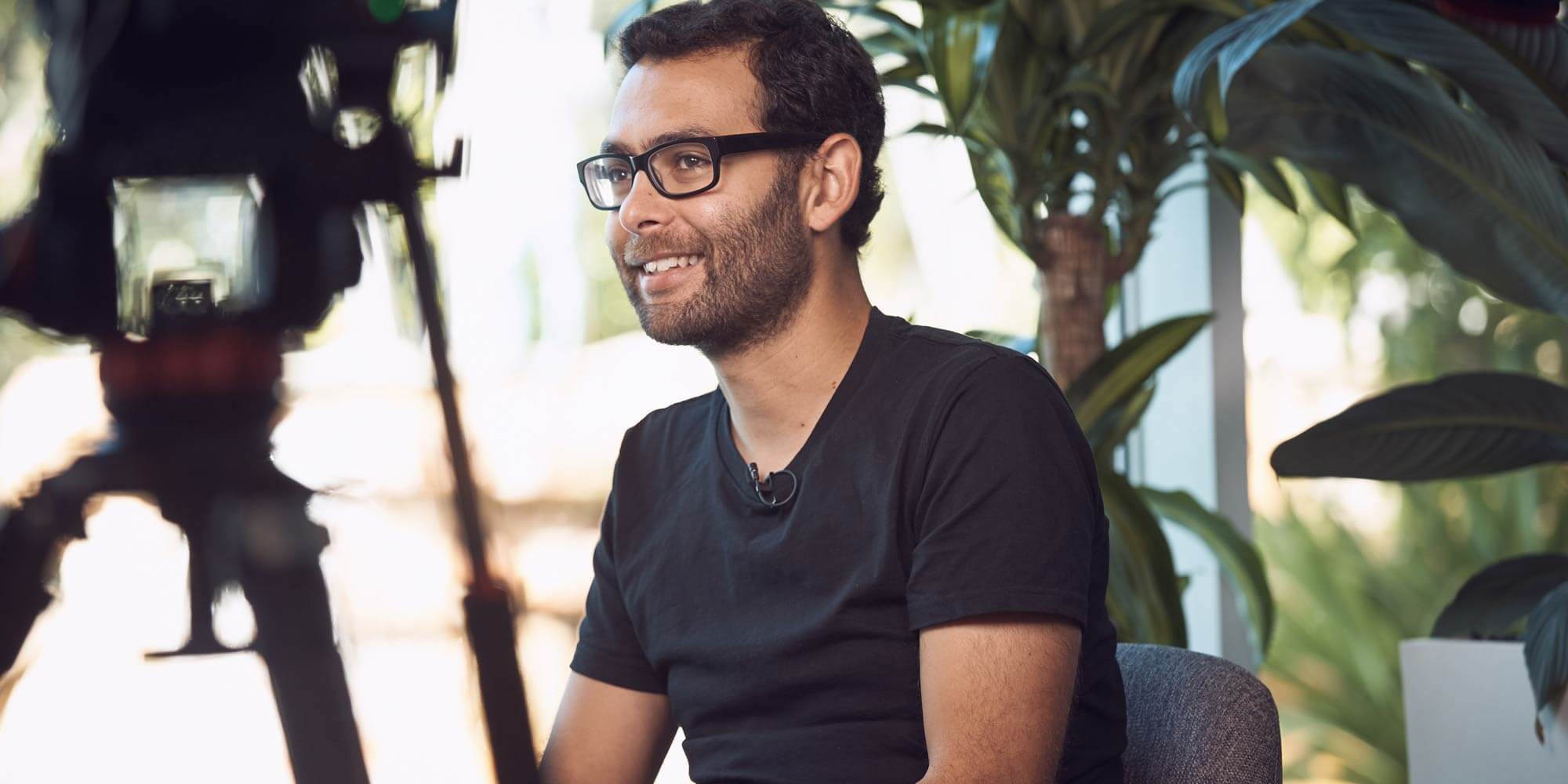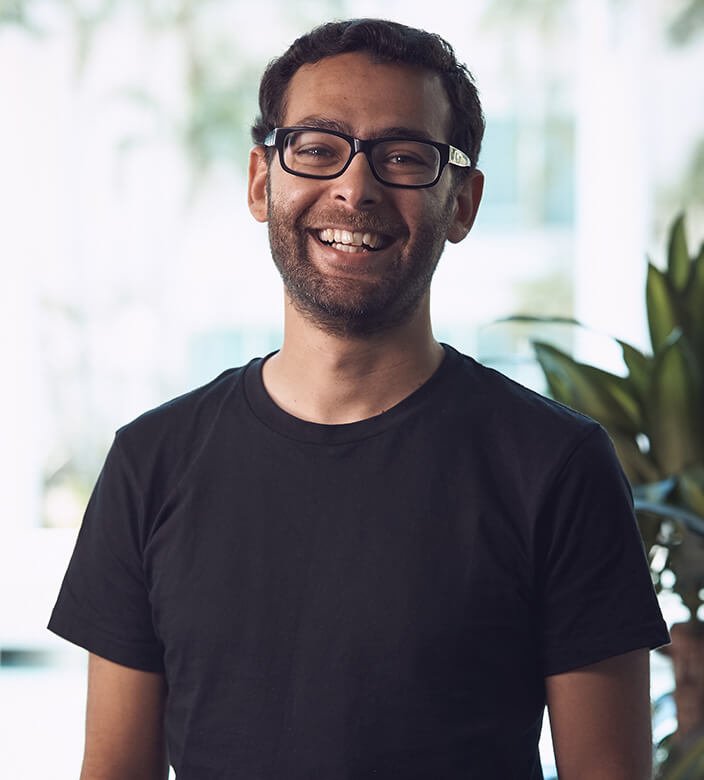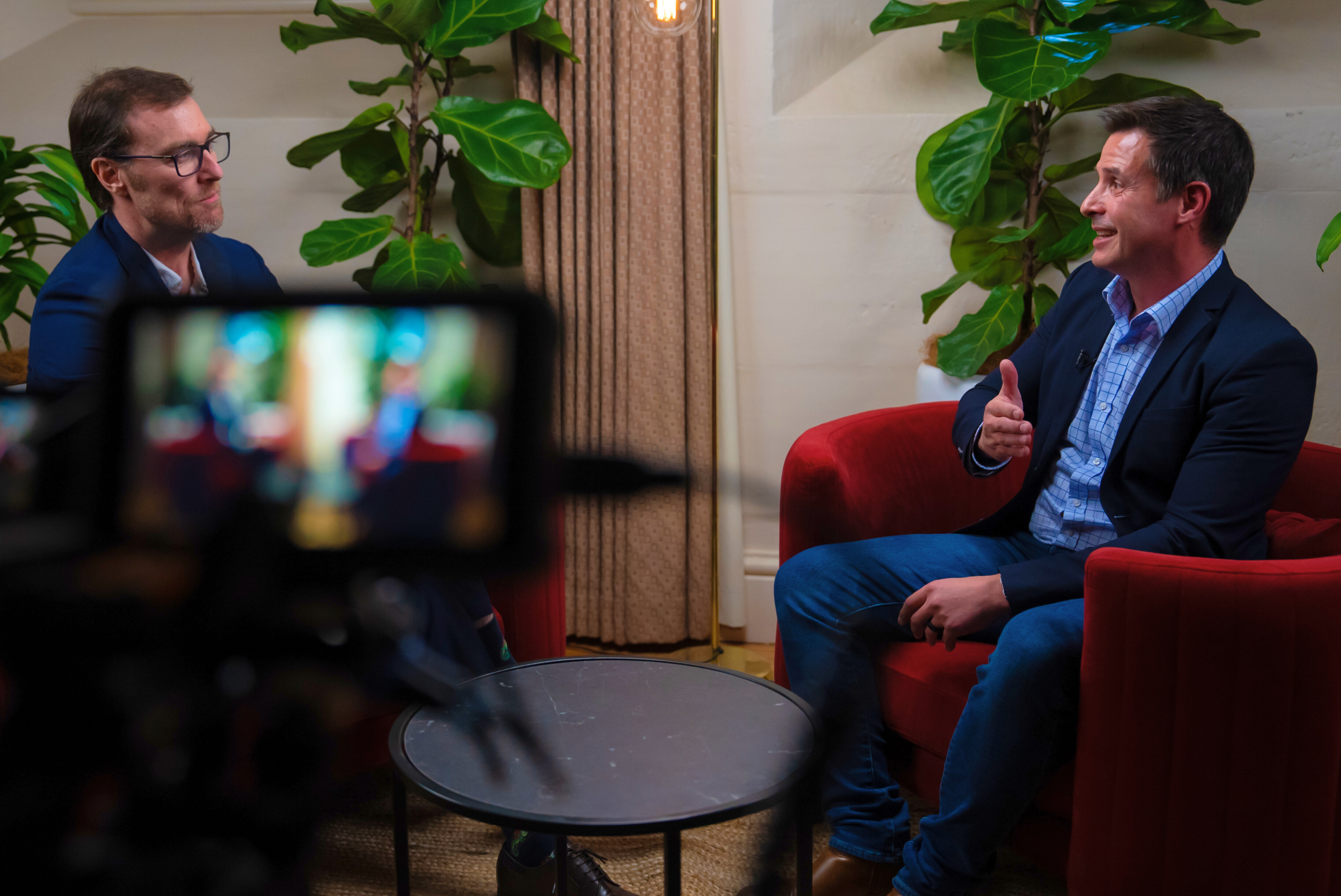Innovation is everyone’s job, says Sherif Mansour, Distinguished Product Manager at Atlassian.
Don’t leave it to one part of the organisation – it sidelines too many people who may have good ideas.
He talks with Aparna Sundararajan, Senior Research Strategist at ADAPT’s Digital Edge, about how Atlassian fosters innovation in all its people, and the role of AI in implementing new ideas.
Aparna Sundararajan:
We had a great session on open thinking and how Atlassian is adopting a lot of fresh ideas and mindsets. To start off with, how do you think you foster innovation in your organisation?
Sherif Mansour:
It’s really hard, to be frank. The bigger you get, the harder it is, because you second guess and look at all your investments. There are probably two main ingredients.
The first one is just remembering the innovations, which is everyone’s job. I think we often assume that we’ll get a team and we’ll make that the innovation team. We will put them centrally but will tell everyone else it’s their job not to innovate. Right?
It’s the mindset to first remember that innovation is everyone’s job. And if we believe that to be true, then the next question is – how do we create space? It really is going to differ company by company, how you create space for innovation.”
For us, we have multiple programs that help. We have a quarterly hackathon where the whole company stops. When I say the whole company, everyone, including the kitchen staff, the people who mind reception. Again, innovation is everyone’s job.
We asked them in 48 hours to do work on something they like, anything they like, that’s work-related, and ship it. We’ve had people paint walls, we’ve had people refinish rooms, we’ve had people change our products.
Innovation is everyone’s job. Hackathons give them space. One way we do it, we also encourage them to take 20% time off and that kind of stuff.
But if there’s no space, you’ll find there’s no room for creative thinking. It’s all about just in your context, how can you best create that space?
Aparna Sundararajan:
Wow, that’s great. Innovation is everyone’s job.

Sherif Mansour:
It’s not just the smart people’s job, but everyone else can do it.
But you realise that no one’s thinking like that, then you’ll just end up with the central team that everyone wants to be in, but that no one will like because they’re not in that team. Therefore I’m not innovating, which doesn’t sound right.
Aparna Sundararajan:
What is your thought about the most innovative technology we have today? Artificial Intelligence, spoken so much about? What are your thoughts on that?
Sherif Mansour:
I have this love-hate relationship with Artificial Intelligence, to be honest. Remember Clippy back in the day, Windows Clippies. ‘Looks like you’re gonna write a letter!’ Yes, that was it, right? There was a guy back in the 1990s I spoke to, Steven Sinofsky, who led product at Microsoft. He’s known as the man who made Clippy.
I spoke to him a few months ago, and he was sharing the story about how Clippy was AI and well ahead of its time. It was a little ahead of its time. And we joke and laugh about ‘Hey, it looks like you’re trying to write a letter.’
But I think the key difference in what’s changed in the market between then and now is the quantity of data that organisations have. A silly paper clip that jumps up that looks like you’re travelling can be much more intelligent now than it ever has been before. I think it’s definitely something to look at.
I think a lot of organisations struggle with AI and expect something revolutionary out of it from day one. That’s probably where we are struggling and everyone else is struggling.”
I see the Googles and the Microsofts and the Facebooks doing amazing things with AI, and they’re trying to apply that. Basically better the more data you have, the better.
They’ll say a question to ask yourself is, what information do you have about your customers that you can use to solve unique problems? And I say unique because no one else has that information, it’s your products.
You mix and match that with other information, other problems that you can solve with partners and that kind of stuff. So that’s the question to ask yourself.
But how do you go about an action that’s often baby steps? You may make a small capability of your organisation a little bit smarter because you can recommend the best hotel room.
That’s AI. You can break it down to staring with small smart capabilities and work your way up. I think people try to jump straight to the ‘How do I get a voice-activated solution that can mimic my voice?’ It’s just hard.
Just start asking yourself, what data do we have? And then what unique problems? Can we solve it with that data? And if we have more data, does that problem become better? So the lesson we’re thinking about, for example, is that a lot of software teams use Atlassian. So we have information about different industries.
We could say these kinds of industries typically take these kinds of times to complete a sprint. We are trying to use that information to better understand customers that way.
There are lots of baby steps, but you find the sum of all the baby steps is hopefully something amazing. But let’s remember Clippy.

Aparna Sundararajan:
How important are culture and mindset? We spoke a lot about the way you do things in Atlassian. And it looks like a really open culture.
But at an individual level, how do you reinforce it, that this is what we’re going to do? You have such a diverse population.
Sherif Mansour:
It’s really hard. The way I think of culture is that it’s how work gets done in the organisation, whereas values are what you hold to be true. And it’s okay for your culture to change over time. Ours has certainly changed, and it should change to some degree.
If culture is how work gets done, then the people to best dictate the culture are the people that have to do the work. And so we always think about, okay, what practices will empower people to make their own decisions, empower people to choose their own tools, empower people to choose how they work?
This becomes challenging when you start thinking about teams that need to work together because all of a sudden they need to come up with a shared agreement on the culture of how this team will engage with that team.
Aparna Sundararajan:
But you see a lot of difference in that.
Sherif Mansour:
It becomes challenging. It’s important to align the vocabulary the teams use across the organisation. I gave an example in my talk earlier, where every team reported on the status of projects differently.
Tax reporting is a classic problem every management has, and we realised we were trying to centralise all the planning in one place and try to do top-down planning.
The central thing we realised is that every team is going to use the tool they want. Let them do that. Let’s just agree on the common language.”
We’ll have four teams to look across each other and up and down. For that particular example, we just said, okay, what’s the shared vocabulary this department will have? And those are the things we align on.
For example, if you’re in a marketing department, we agree that these are the things we care about, like active users to the website, and the top of the funnel, that kind of stuff.
Every project, you work on your thinking about how am I impacting these things? And those are the shared things you agree on.
Aparna Sundararajan:
Always.
Sherif Mansour:
Simple to do. It’s not clean, but I think a lot of executives struggle with having a clean solution. I speak to a lot of people, Google, Amazon, Microsoft, it’s chaos. It’s controlled chaos, which is hard for us to let go of sometimes.
But again, it comes back to trust. If people can’t do that, you have a trust problem. And that means you have a people problem. And you should probably deal with the people problem first. Otherwise, you’ll just never be able to solve these problems.
I don’t think you can desire to change the way you work without making sure you have trust in your employees first.”





























